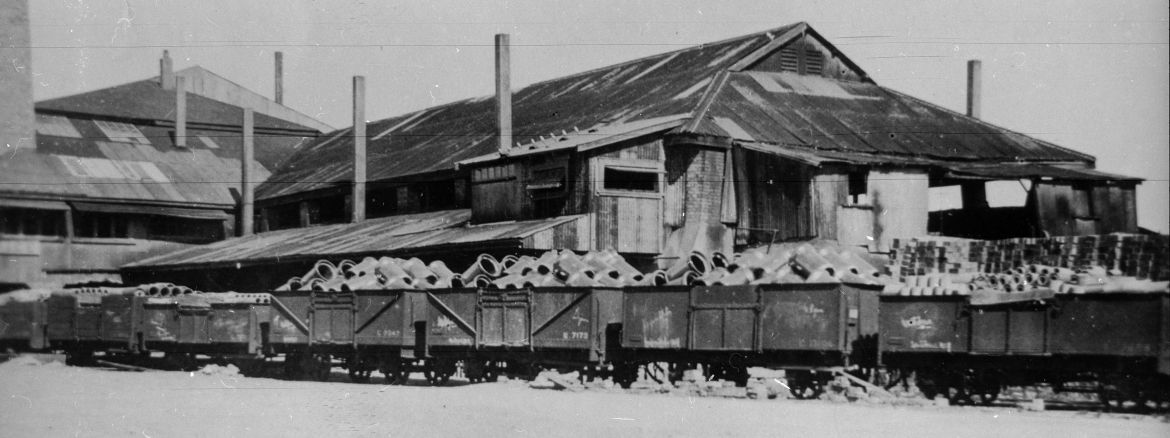New Lynn history
New Lynn's Heritage and Character
“Solid Suburbia from its heart to its heights, from the older established areas to stylish homes and newer subdivisions. New Lynn’s big focus is its signature mall but it has a lot else going for it including its flat typology which suits its loyal older members and pram pushing parents. It’s heartland stuff with families of all ages and stages working hard to make an honest living, commuting to work and supporting their local shops and services.” New Lynn Urban Plan 2010 Part 1, Auckland Council
Built Heritage and Character
Building in New Lynn has remained at a consistent scale and density over the years, with the exception of some four to five storey buildings. The majority of façades have been altered by painting and advertising signs rather than structurally and some of these traditional facades provide a contextual cue for the original merchants trading centre.
Natural Heritage and Character
New Lynn’s character is shaped primarily by its topography and its streams. The core of New Lynn is a flat basin, gently rising slopes around its periphery, forming ridgelines and troughs out to the base of the Waitakere Ranges.
Pre-1800s Early Maori
The land between the west coast, Waitemata and Manukau Harbours and the Whau Portage has seen more than a thousand years of Maori occupation and use. Iwi with manawhenua over the area include Te Kawerau a Maki and Ngati Whatua o Orakei.
First European Settlement
The arrival of European settlers saw the continued use of New Lynn’s rivers and the reliance on Whau River ports for transport interchange. These transport benefits, alongside clay soils and land available for urban expansion, soon encouraged the development of an industrial working town.
“The area that became New Lynn was sold in the 1830s by Maori chiefs Kawau and Te Rangi to the Porter family as part of a large land transaction including Titirangi and Kelston. Porter paid £50, the cutter Oripia, two cloaks, one gold watch, one double-barrel pistol, one bag of flour, one bag of sugar, six sheets, six pairs of trousers, five coats and ten blankets. However, the Crown was soon to view the transaction as inadequate and the payments made not equivalent to the value of the land. The Crown purchased all the land, excluding previous landowners from continued use of it. The land was then surveyed, subdivided into farm-sized allotments and sold by way of Crown Grant from the early 1850s.” New Lynn Town Centre Archaeological Assessment, Clough & Assoc., 2012.
The first township subdivision and sale in the area was the New Lynn township in 1865, so named by the surveyor Frederick James Utting, after his home in England near King’s Lynn, England. The name stuck. The new township relied on the success of plans for a Whau River Canal project linking the Waitemata and Manukau Harbours. This, however, did not take place.
It would take the building of the railway line from Mt Eden through to Henderson and later to Helensville in the 1880s for New Lynn to start to develop from a sparse-populated district of grazing land, small brickyards and orchards. One of the earliest industries to take advantage of this was the tannery firm of E Astley & Sons on Portage Road, from 1888.
The Early 1900s
The increase in New Lynn’s population at the turn of the century was largely due to the clay industry, the development of rail passing through New Lynn and new subdivisions. The Gardner Brothers and Parker clay pits provided significant resources from 1902, where they manufactured pipes and bricks. Across Rankin Road from them, Thompson and Gardner set up a brickyard in Thompson’s former orchard, sold in 1905 to Albert Crum and Hugo Friedlander, setting up NZ Brick, Tile and Pottery Co. The two separate firms worked in with each other until both were taken over by Amalgamated Brick & Tile.
From 1876, New Lynn was part of the Waitemata County. This changed in 1910 with the establishment of the New Lynn Town Board, replaced by the New Lynn Borough in 1929.
Churches and the New Lynn School were established in the first two decades of the century, and by the 1930s the New Lynn shopping area had been well and truly established fronting Great North Road and Totara Avenue. This was also the era of the construction of the concrete bridge across the Whau River, and the establishment of New Lynn’s own Auckland Bus Company.
The War Years
Amalgamated Brick’s premises in New Lynn became the largest combined factory for the production of earthenware pipes and bricks in New Zealand. This company contributed greatly to the growth of New Lynn producing a range of ceramic fittings, employing 200 men making pipes, crocks, tiles, troughs, chimney pots, construction components and containers of all types.
The company diversified after 1940 to establish the Crown Lynn ceramics factory, which would put New Lynn on the map for most of the rest of the century in the minds of New Zealanders.
Post War
After the war there was considerable residential development around the edge of the industrial centre, largely in the form of brick and weatherboard bungalows, many of which are still standing today.
By the early 1960s, the Cambridge Clothing factory had become another source of employment in central New Lynn.
In October 1963, the country’s first American-style shopping mall opened: Lynnmall, on Great North Road. Since 1963, the shopping mall has come to dominate surrounding areas, and has expanded several times.
The Late 1980s - Today
In 1989 New Lynn Borough was amalgamated with the new Waitakere City Council. This in turn became part of Auckland Council in 2010, leading the way to New Lynn being designated as a regional metropolitan centre. Development of shared spaces, and new retail and accommodation areas, is continuing.
While the last brickmaking operation in New Lynn ended in 2015 with the closure of Monier CSR on the former Amalgamated Bricks site, Te Toi Uku, The Art of Clay, a ceramics museum in Ambrico Place, opened two months before, in May.
Click here to download a document detailing New Lynn's brick making history.
(with special thanks to Lisa Truttman)

